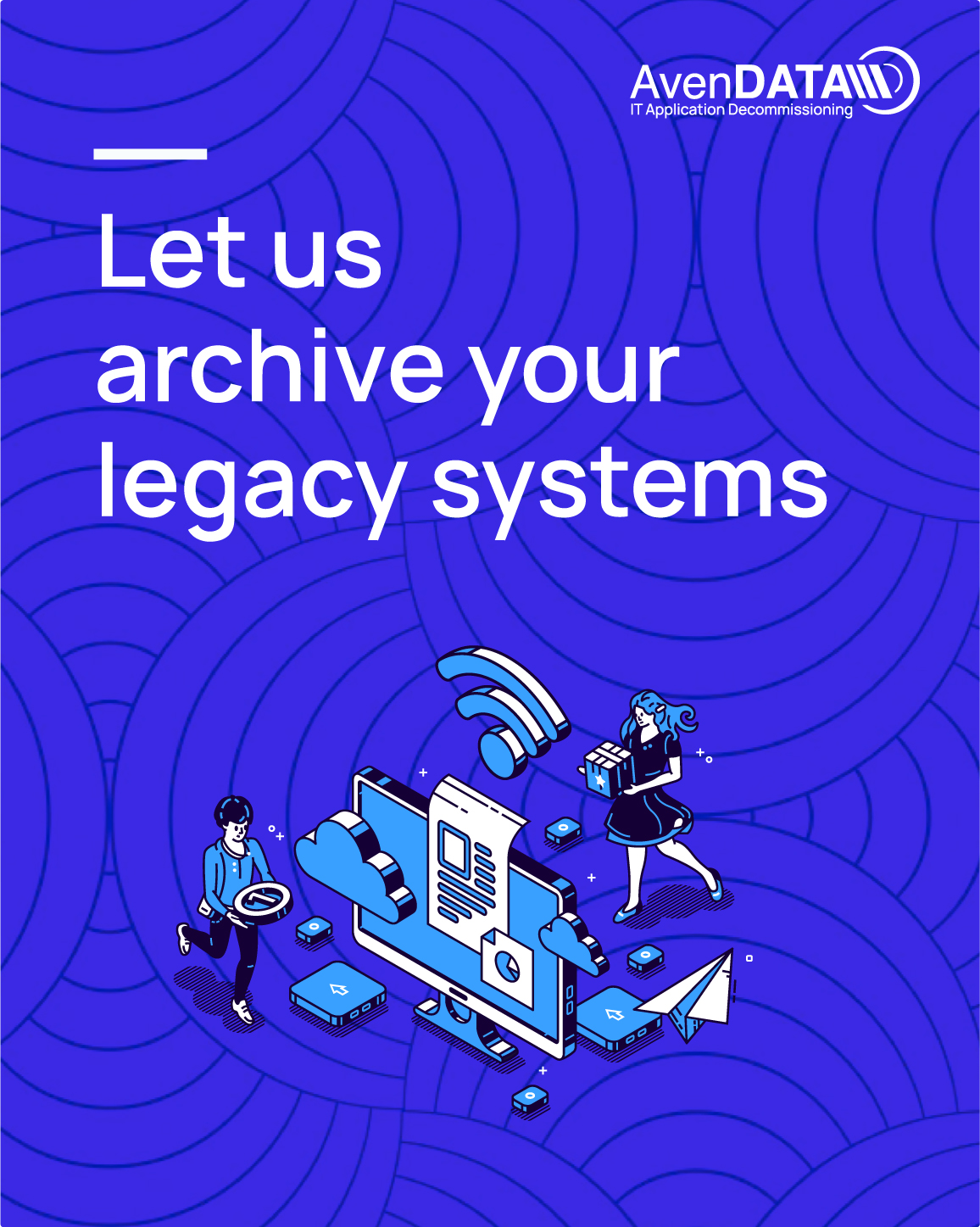Mergers and acquisitions (M&A) have become a common strategy in the ever-evolving landscape of the IT industry. Companies use M&A to grow, expand their market share, acquire new technologies, or enhance their competitive edge. However, the journey from the initial handshake to a successful integration is a complex one, especially when dealing with archive legacy systems and carve-outs. In this article, we will delve into the ABCs of a successful integration in IT mergers and acquisitions, while addressing the challenges posed by archive legacy systems and carve-outs.
The world of information technology (IT) is constantly evolving, with mergers and acquisitions (M&As) becoming a common occurrence in the industry. When two companies come together, it is crucial to ensure a smooth integration process. In this blog post, we will discuss the key factors essential for the successful integration of IT mergers and acquisitions.
A is for Alignment: Define Your Strategic Goals
B is for Business Strategy: Define Your Strategic Goals
C is for Communication: Keep Everyone in the Loop
Effective communication is key to a successful integration, especially when dealing with legacy systems and carve-outs. This involves sharing information with stakeholders, both within your organization and the one you’re acquiring or merging with. Transparency is crucial, as it helps manage expectations, reduce uncertainty, and build trust. Be prepared to address questions and concerns from employees, customers, and partners.
D is for Data Management: Secure and Integrate
Data is a critical asset in IT, and managing it during M&A is essential, especially when legacy systems and carve-outs are involved. Consider data migration, consolidation, and security. Determine which data needs to be retained, integrated, or archived. Robust data governance and cybersecurity practices are crucial to protect sensitive information.
E is for Expertise: Engage the Right Professionals
F is for Flexibility: Adapt to Changing Circumstances
G is for Governance: Establish Clear Roles and Responsibilities
H is for Human Resources: Retain and Motivate Talent
I is for IT Infrastructure: Streamline and Optimize
J is for Journey: It's a Marathon, Not a Sprint
K is for Knowledge Sharing: Leverage Expertise
L is for Legal Compliance: Navigate Regulations
N is for Network and Relationships: Build Connections
O is for Optimization: Continuously Improve
P is for Patience: Expect Challenges
Q is for Quality Control: Maintain High Standards
R is for Risk Management: Identify and Mitigate
S is for Synergy: Seek Opportunities for Growth
T is for Timing: Plan Strategically
U is for Unification: Foster a Common Culture
V is for Vendor and Supplier Relationships: Evaluate and Adjust
W is for Workflow: Streamline Business Processes
X is for eXcellence: Strive for It
Y is for Your Vision: Keep It in Sight
Z is for Zero Tolerance for Complacency: Keep Innovating
Conclusion:
-
How Legacy Systems Work and Their Architecture
-
Legacy Systems in Digital Era:
-
SAP Carve-Out Guide: Definition, Process, Benefits
-
System Decommissioning: A Strategic Guide
-
20 Reasons why legacy ERP systems must be archived and data should not be deleted
-
IT Mergers and Acquisitions: The ABCs of a Successful Integration
-
Mastering IT M&A and Carve-Outs: Addressing Pain Points with Practical Solutions
-
Modernizing Legacy Systems: A Strategic Guide for IT Company Owners
-
The importance of legacy systems is steadily increasing
-
Ten Key Questions with Emanuel Boeminghaus





